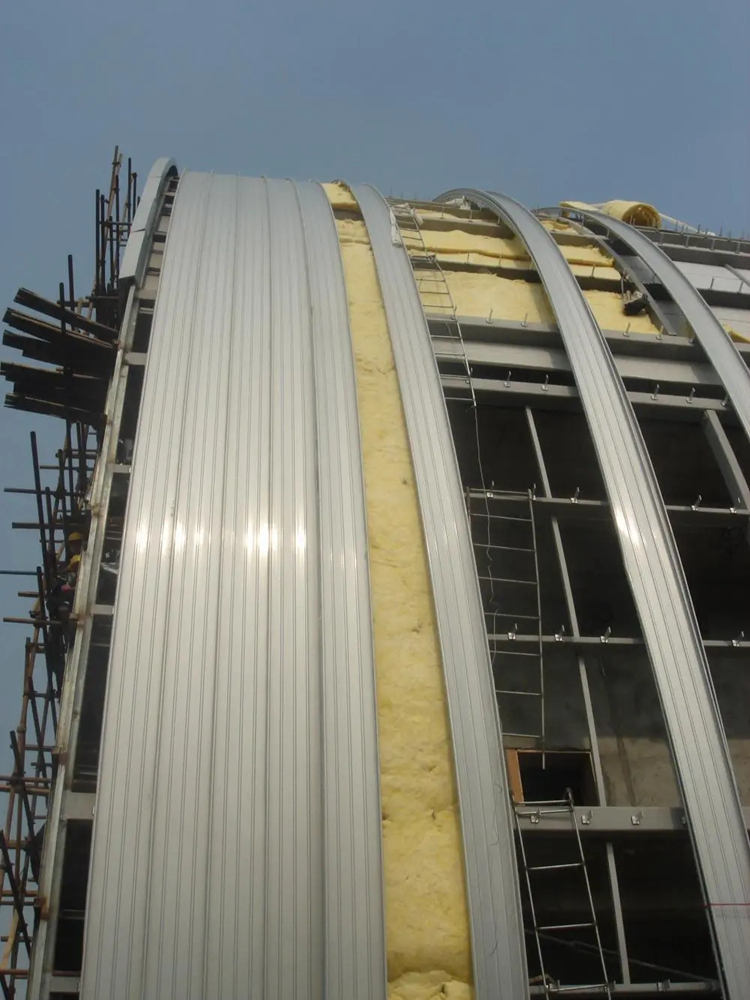
Stud and Track Keel Roll Forming An Overview
Roll forming is a continuous bending operation that transforms a long strip of metal into specific cross-sectional shapes. One of the significant applications of roll forming is the production of stud and track systems, which are essential in modern construction and structural framing. This article explores the process of stud and track keel roll forming, its advantages, applications, and the technology involved.
Understanding Stud and Track Systems
Studs and tracks are structural components used primarily in the framing of walls, ceilings, and partitions. They are typically made from steel or aluminum and provide the framework necessary for attaching drywall, insulation, and other materials. The stud is the vertical member, while the track serves as the horizontal channel that holds the studs in place. The keel roll forming process helps to efficiently manufacture these components with precision and consistency.
The Roll Forming Process
The roll forming of stud and track components involves several stages
1. Material Selection High-quality materials such as galvanized steel or cold-formed steel are chosen for their strength and corrosion resistance.
2. Coil Preparation Steel coils are prepared and fed into the roll forming machine. These coils are uncoiled, leveled, and cut to the appropriate width.
3. Roll Forming The flat strip of metal is fed through a series of rollers that gradually shape it into the desired profile. Each set of rollers alters the metal's shape incrementally, producing a highly precise form. The entire process is continuous, allowing for the efficient production of long lengths of stud and track.
4. Cutting and Finishing Once the desired shape is achieved, the formed material is cut to specified lengths. Additional finishing processes, such as perforation or surface treatment, may be applied to enhance durability or aesthetic appeal.
Advantages of Stud and Track Roll Forming
The roll forming process for stud and track systems has several benefits

- Cost Efficiency The continuous nature of roll forming allows for high-volume production, reducing labor and material costs. This is particularly advantageous in commercial construction projects where large quantities of framing materials are needed.
- Precision Engineering Roll forming produces components that are highly consistent in shape and size, ensuring that they fit together seamlessly in construction applications.
- Minimal Waste The process generates minimal scrap material, as excess metal can be recycled back into the production cycle.
- Flexibility Roll forming machines can be easily adjusted to produce different profiles, allowing manufacturers to cater to diverse project requirements.
Applications in Construction
Stud and track systems produced through keel roll forming are used in a variety of construction applications, including
- Residential Buildings Non-load-bearing interior walls are often framed with steel studs and tracks.
- Commercial Structures Office buildings, shopping centers, and industrial facilities utilize these systems for efficient and cost-effective construction.
- Prefabricated Systems The precise and customizable nature of roll-formed studs and tracks makes them ideal for prefabricated wall panels and modular construction.
Conclusion
In conclusion, stud and track keel roll forming represents a crucial aspect of modern construction techniques. Its efficiency, precision, and adaptability make it a preferred choice for contractors and builders looking to optimize the framing process. As construction demands continue to evolve, the technology and methods behind stud and track systems will likely advance, further enhancing their role in shaping the built environment.